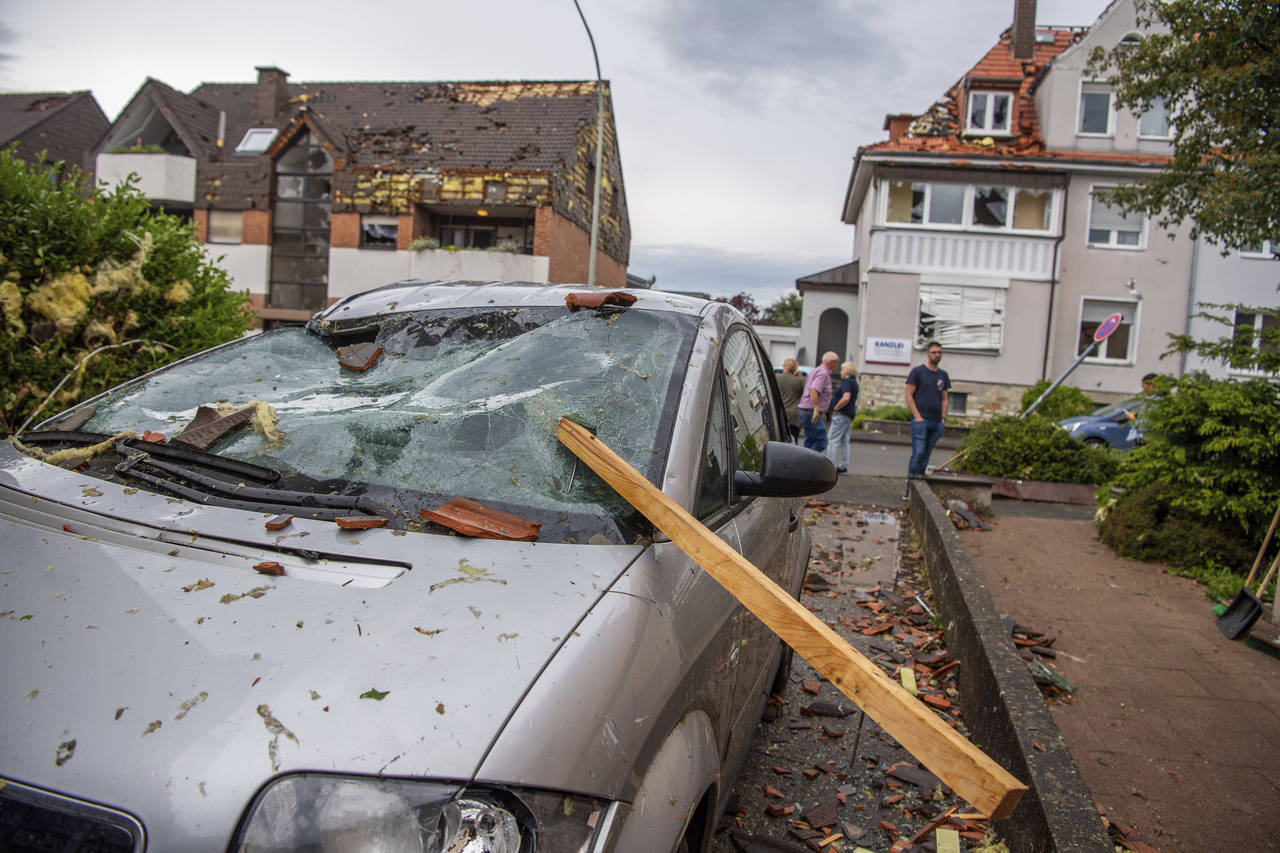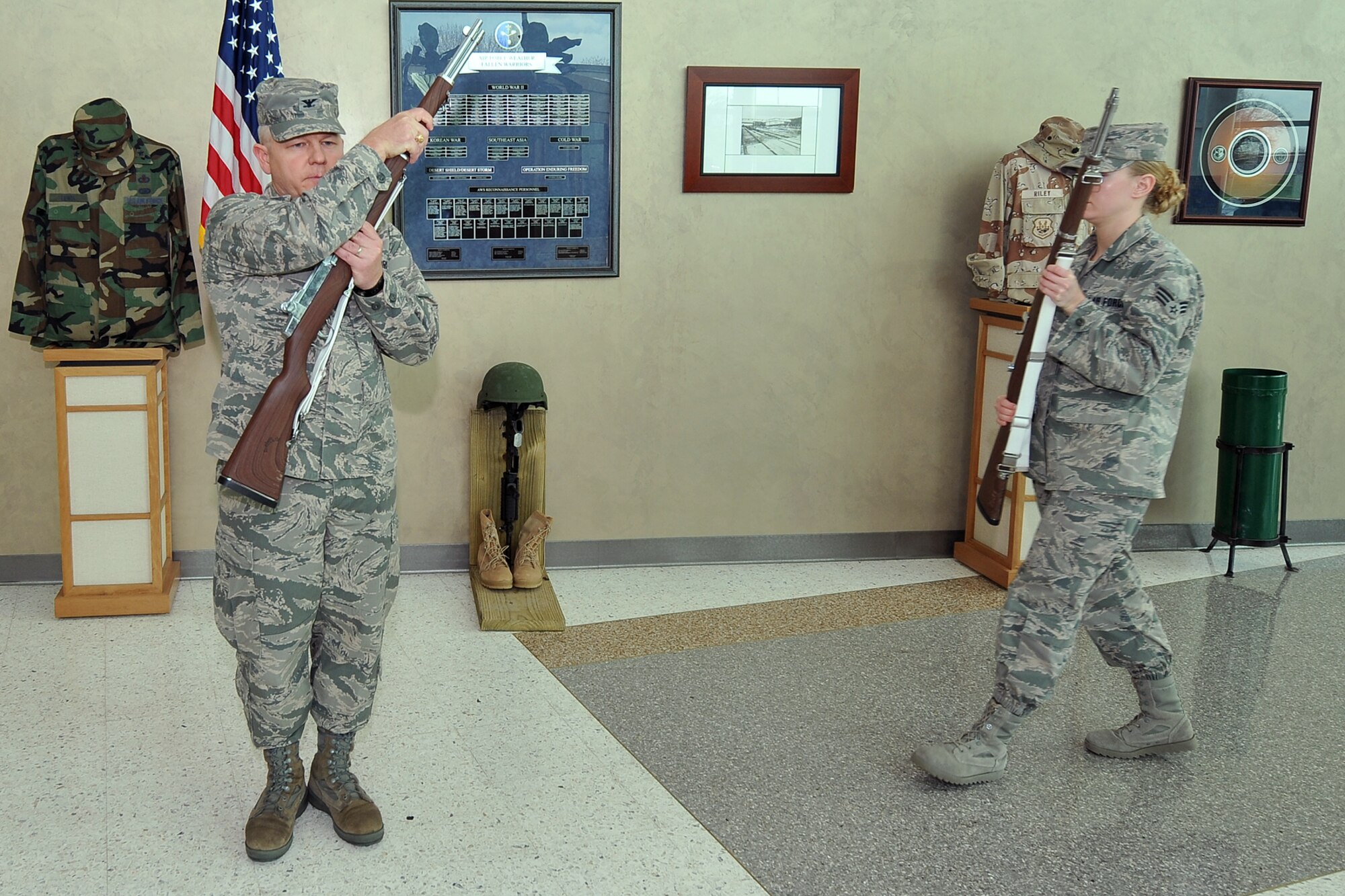Weather In Grafenwoehr Germany - Airmen participating in Exercise Cadre Focus at Grafenwoehr Training Area, Grafenwoehr, Germany set up a field radar system on September 22, 2010. Cadre Focus is a week-long training exercise for Air Force Field Weather Technicians to develop .. (Photo Credit: USA) ORIGINAL INFORMATION
GRAFENWOEHR, Germany - Air Force technicians are participating in Exercise Cadre Focus at Grafenwoehr Training Area (GTA) Sept. 20-24, refresh and improve their skills before leaving.
Weather In Grafenwoehr Germany
Cadre Focus is a training exercise for Air Force combat engineers from Europe that supports the . Training provides airmen with air equipment and training, taught by instructors who have recently returned from deployment.
U.s., Polish And German Service Members Wait To Discuss The Good And Bad Of The Day's Training In Grafenwoehr, Germany, Sept. 27, 2016. Service Members From Three Nato Partners Came Together To
"The role of the forecaster in the battlefield is to support and coordinate with operations," said Staff Sgt. Charles Higgins, Cadre Focus instructor. Higgins said the training allows meteorologists to work better outside the confines of an aircraft and meet its unique needs.
Battlefield Weather provides forecasts and conditions related to weather and terrain.
"The goal of Exercise Cadre Focus is to enable rapid coordination down the range so that meteorologists can contribute to the mission as soon as possible," said Higgins.
The Combined Arms Training Center offers 70 courses using traditional classrooms, mobile training teams, learning centers and online courses, training more than 10,000 soldiers, civilians and students from partner nations every year.
Us Troops In Germany Banned From Alcohol After Scooter Incidents
"JMTC supports everything and provides equipment," said Air Force Capt. Sean Wallace, 7th Weather Squadron, Detachment 2, director of Cadre Focus. In 2006, Cadre Focus moved to the GTA because of the location, facilities and standards, Wallace said.
In addition to the instructors sharing their knowledge and lessons learned from recent promotions, the course includes training with equipment, real-time, global, and including country examples in Iraq and Afghanistan.
"The best part of Cadre Focus is the hands-on training and practice with a variety of equipment that is only used during deployment," said Tech Sgt. Megan Curran, a forecaster with the 39th Operations Squadron at Incirlik Air Base, Turkey.1 / 4 Show Caption + Hide Caption - Storm clouds gathered as Polish Air Force Capt. Sebastian Bernatowicz, a meteorologist with the Polish Military Hydrometeorological Service, will try. A readout from the deployed TMQ-53, the most important weather instrument in the United States... (Photo Credit: U.S. ) PROTOTYPE VIEW

2 / 4 Show Caption + Hide Caption – Airmen from the United States Air Force's 7th Weather Squadron set up their gear under ominous Grafenwoehr skies during their winter Cadre Focus, Dec. 6, 2011 in Grafenwoehr, Germany. Two Polish officers participated in the exercise to... (Photo: USA ) ORIGINAL VIEW
January Weather Forecast
3 / 4 Show Caption + Hide Caption – Airmen from the United States Air Force's 7th Meteorological Wing keep the data moving during their winter Cadre Focus, Dec. 6, 2011, in Grafenwoehr, Germany. Two Polish officials participated in the exercise to check the first hour... (Photo: USA ) VIEW ORIGINAL
4 / 4 Show caption + Hide caption – All help as Airmen from the United States Air Force's 7th Airlift Wing set up their equipment as the clouds converge in last during their winter Cadre Focus, Dec. 6, 2011, in Grafenwoehr, Germany. Two Polish officers pa... (Photo: USA ) ORIGINAL VIEW
GRAFENWOEHR, Germany -- It's been 67 years since Captain J.M. Stagg, a military meteorologist, is about to make his most difficult weather forecast yet. As he walked down the corridor to the director general's office in London to present the forecast for the next two days, he steeled his nerves and prepared for the worst.
He had to tell the military that the operation, planned for the next day, June 5, would be postponed for at least a day, perhaps several weeks. Under his hand was a folder with a second forecast saying that there would be a bad time on the 6th, but the forecast now that the general's plans had become more dangerous. When he arrived at the door of the generals, he was ready to give a direct "class" to the general's intentions.
Weather Airmen Focus On Training, Improving Nato Relations >
u.s. Air Forces In Europe & Air Forces Africa
> Article DisplayJune 4, 1944, was the day before the invasion of Europe known as Project Overlord or D-Day. Allied Commander General Dwight D. Eisenhower, on Stagg's advice, decided to call off the invasion. Eisenhower knew that Stagg was not a "yes man" and admired his ability to predict the weather. Two days later, Stagg's prediction was confirmed. Stagg predicted that the weather would improve for a short time on the 6th, and this was enough for Eisenhower to send over 500 battleships and 3,000 cruisers to the French beaches in Normandy.
Today at the US Joint Multinational Training Command (JMTC) in Grafenwoehr, Germany, Air Force meteorologists from NATO and partner nations are learning to use more sophisticated techniques than Stagg, but their ongoing mission: to quickly collect timely and accurate information. so that military planners and leaders can make effective decisions during military operations.
"Meteorologists really rely on technology, but common sense is the trump card when making a forecast," said JMTC Chief Meteorologist Air Force Maj. Richard Earnest. "In short, our job is to make sure we get the right information to the right people at the right time. Weather affects everything, and when used in a military mission, it can involved to a lesser extent in major strategic decisions related to military training. and businesses."
Ernest was with Detachment 2, 7th Weather Squadron, based at Grafenwoehr Air Field. The detachment provides liaison support to the JMTC, the Joint Multinational Readiness Center (JMRC) at Hohenfels, the 2nd Cavalry Regiment (2CR), the 172nd Separate Infantry Brigade (172 SIB), and C. Company, 5/158 Aviation Regiment (MEDEVAC). ).
Air Force Weather Forecasters Conduct \
As a senior position, Detachment 2 trains Cadre Focus twice a year, a week-long training event at JMTC that prepares US Air Force Weather Forecasters. and joint ventures.
According to Earnest, forecasting today depends on two factors. First, automated processes for processing statistical information provide a snapshot of the climate situation. It is used to create a computer model of the atmosphere to project information over time to aid in the process of forecasting. The second aspect is the professional judgment of a well-trained Air Force meteorologist working on site. The two processes are combined to create a balanced and accurate picture of how the climate is evolving. Combining these processes at regular intervals creates a series of analyzes that meteorologists use to predict a pattern at a given time in the future.
Two Polish officers, Captain Sebastian Bernatowicz and Capt. Marek Wasilewski, two meteorologists with the Polish Hydrometeorological Service, install and activate equipment with US aircraft today. Although their uniforms and language differ from US aircraft, there is no doubt or difficulty in working together or calibrating equipment.
"Of course we work together very seriously, even though we are from different services and from far away countries," said Bernatowicz. "We are all professional meteorologists, we think like meteorologists, and this is something we do very much in common. Our work puts us against the elements of nature. About science, of course, but predictions are sometimes based on intuition. and intuition and personal knowledge about the evolution of the weather."
Western Weapons Flow To Ukraine's Military For Fight Against Russia
In his talk, Bernatovich and his colleagues set up the US Air Force's TMQ-53, a weather surveillance system. The system is a 14-foot-tall, lightweight, portable, multi-sensor system that collects weather data. TMQ-53, which monitors cloud height and humidity, humidity, precipitation, temperature, and detailed weather information such as vertical visibility, surface detection, current weather, precipitation patterns, and lightning up to 50 nautical miles. When Airmen finish assembling and calibrating the TMQ-53, they will connect to a computer-aided software program that processes the data. The data is used to develop a local forecast for those in need, Earnest said.
For the 7th Weather Squadron forecasters, the primary mission is to provide mission execution and forecast planning for all missions - both air and ground missions. In that capacity, the forecaster provides pilots with the weather data they need for takeoffs, landings and all areas within the US European Area of Responsibility (USAREUR), where and Earnest.
"The Air Force also provides weather support, so the Airmen are equipped with all the major units. We understand that the units that are set up have a solid experience, again knowing their fingers to support the weapons," Earnest said.

"Parts always go to Grafenwoehr and Hohenfels for training, so we forecast every day for those places; the latest forecasts that each level can use, adjusted to each this hour,
America Needs A Bipartisan Foreign Policy. Donald Trump Can Make It Happen.
Car rental near grafenwoehr germany, restaurants in grafenwoehr germany, apartments in grafenwoehr germany, px in grafenwoehr germany, bars in grafenwoehr germany, grafenwoehr germany, time in grafenwoehr germany, grafenwoehr germany map, jobs in grafenwoehr germany, car rental grafenwoehr germany, housing in grafenwoehr germany, hotels in grafenwoehr germany

0 Comments